With any surgery, there are risks and benefits. The benefit of the surgery is to remove the compression on the nerve to improve the pain, numbness, tingling, or weakness. However, there are always risks with any type of surgery. The risks of surgery includes but is not limited to bleeding, infection, stroke, paralysis, coma, death, pain, numbness, tingling, weakness, spinal fluid leak, and need for future surgery.
If a spinal fluid leak occurs during surgery, it is repaired at the time of surgery either by suturing the areas that is leaking, or covering it with a type of “glue”. The patient is typically told to lie flat for several hours after surgery, and then the patient may be up and ambulatory.
If the leak persists, the patient may have headaches that are worse when sitting or standing upright, and which go away when the patient lies flat. If this happens, please call us and let us know.
In male patients over 50, or who have a pre-existing history of prostate cancer, or enlarged prostate, the patient may have urinary retention. In some cases, this requires additional medication to aid with urination. In other cases, the patient may require catheterization. This typically improves over several weeks, and is most often due to the pre-existing prostate issues combined with anesthesia. It happens far less often in female patients.
If you have any questions, please feel free to contact us at your convenience.








